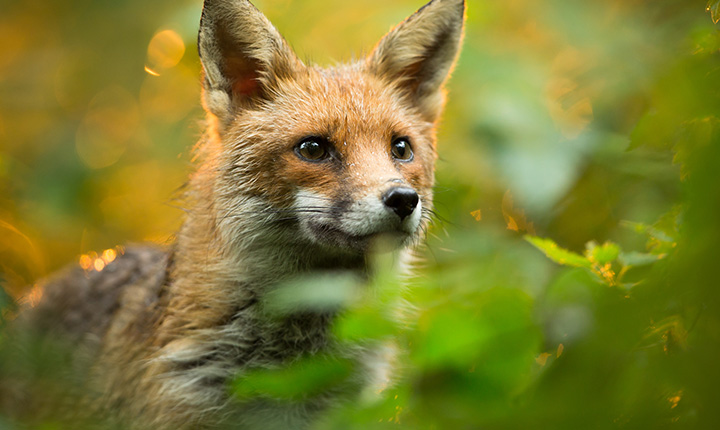BIOL*3680 - Wildlife Rehabilitation: Caring for Sick, Injured, and Orphaned Wildlife
Course Description

Calendar Description: Wildlife rehabilitation is an important aspect of species protection and conservation, and a valuable career path for individuals with a special interest in wildlife biology. Content focuses on Canadian wildlife in terms of how to rehabilitate, triage, and stabilize sick, injured, and orphaned wildlife. Mitigating risk of illness and/or injury during the rehabilitation process will be discussed.
Learning Outcomes
By the end of the course, the learner should be able to:
- Interpret mandatory and recommended documentation required during the wildlife rehabilitation process
- Apply core concepts of biology to determine appropriate housing and husbandry practices for selected species of mammals commonly presented to wildlife
- Compare unique needs of reptiles, birds, and mammals that affect how an animal is fed, housed, and considered for release
- Demonstrate knowledge regarding how to minimize risk of injury while in animals are in care
- Synthesize data to draw conclusions on how to triage, stabilize, and address illness and injuries commonly seen in birds, mammals, and reptiles admitted into wildlife rehabilitation centres
- Synthesize scenarios where various fracture stabilization techniques would be applied in birds, mammals, and reptiles
- Calculate and effectively describe how, when, and where to administer subcutaneous fluids to birds, mammals, and reptiles;
Course Topics
- Veterinarian-wildlife rehabilitator relationship
- Review of key principles for triage and stabilization
- Review of intake, treatment, medical, and other records used in wildlife rehabilitation centres
- Biosecurity principles
- Physical examination of an animal brought into a wildlife rehabilitation centre
- Oil spills and effects of oil on wildlife, including treatment procedures
- Monitoring the health and well-being of animals in rehabilitation centres
- Common groups pharmacological drugs used in wildlife rehabilitation settings
- Fracture stabilization techniques in different species, and based on specific case presentations
- Fluid therapy: calculations, fluid choices, and case examples to work through
- How to assess hydration
- Approach to the head trauma case
- Parasitology, fecal flotation and direct smear procedures (video and lecture)
- Crop swabs (video and lecture)
- Wild animal welfare
- Husbandry needs and unique species requirements – birds, reptiles, mammals
- Iatrogenic issues: illness and injuries acquired in wildlife rehabilitation centres and how to minimize risk of injury while in care
- Wound management in wildlife rehabilitation settings
- Review of neonate nutrition and feeding techniques: how to feed, how to mix formula (type of formula)
- Gavage feeding (video and online content)
- How and where to administer medication
- Emaciation and refeeding syndrome
- Release criteria and other considerations in getting an animal ready for release
- Euthanasia as a form of release
- Species specific care – e.g. waterfowl, bears, moose, eagles, small songbirds: a huge variety of unique care
- Imping
- Advancing wildlife rehabilitation standards of care – opportunities
Additional Requirements
Pre-requisite(s): BIOL*3670
Assessment
| Assessment Item | Weight | Learning Outcomes |
| Quizzes | 10% | 1 - 5 |
| Midterm (online) | 20% | 1 - 7 |
| Group Discussions (cases) | 35% | 1 - 7 |
| Online Final Exam | 35% | 1 - 7 |
| Total | 100% |
Note:
Additional Technical Requirements
This course will use the following:
- Respondus tool to invigilate one or more exams.
Please view the Technical Considerations.
Technical Requirements
You are responsible for ensuring that your computer system meets the necessary system requirements. Use the browser check tool to ensure your browser settings are compatible and up to date (results will be displayed in a new browser window).
*Course details are subject to change.

